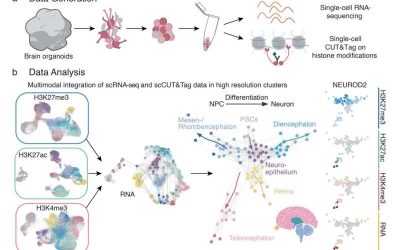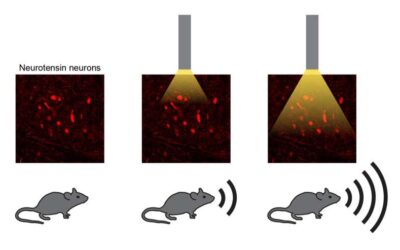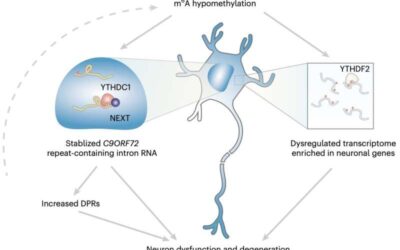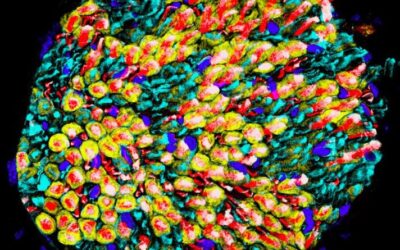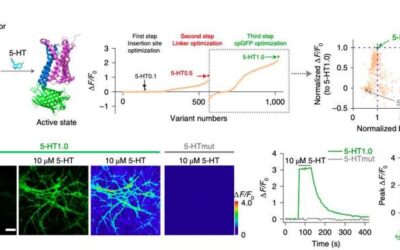Synapses are junctions via which neurons communicate with each other or with other types of cells. Synapses are formed throughout the course of a person's life, yet their strength and numbers change over time, a phenomenon known as synaptic plasticity.
Genetics
Study identifies epigenetic ‘switches’ that regulate the developmental trajectories of single cells
Individual cells in the human body develop progressively over time, ultimately becoming specialized in specific functions. This process, known as cell differentiation or specialization, is central to the formation of distinct cell populations that serve different...
Nf1 gene mutations disrupt brain cell plasticity and motor learning in mice
Neurogenetic disorders, such as neurofibromatosis type 1 (NF1), are diseases caused by a defect in one or more genes, which can sometimes result in cognitive and motor impairments. Better understanding the neural underpinning of these disorders and how they affect...
Study links organization of neurotypical brains to genes involved in autism and schizophrenia
The organization of the human brain develops over time, following the coordinated expression of thousands of genes. Linking the development of healthy brain organization to genes involved in mental health conditions such as autism and schizophrenia could help to...
A cluster of genetically defined brainstem neurons involved in the production and modulation of sounds
Humans and other mammals can produce a wide range of sounds, while also modulating their volume and pitch. These sounds, also known as mammalian vocalizations, play a central role in communication between both animals of the same and of different species.
Study unveils new RNA dysregulation process that contributes to neurodegeneration
Recent neuroscience studies have consistently outlined the role of the C9ORF72 gene in the development of some neurodegenerative diseases. These studies found that mutations of this gene increase the risk of developing amyotrophic lateral sclerosis (ALS) and...
Using single-nuclei RNA sequencing to examine glial cells in peripheral nerves
The peripheral nervous system is comprised of all nerves outside of the brain and the spinal cord (i.e., the central nervous system). Peripheral nerves contain a variety of different cell types, including glial cells.
A genetically encoded sensor to measure serotonin dynamics in vivo
Serotonin (5-HT), one of the primary hormones released in the human brain, has many essential functions. For instance, serotonin is known to stabilize the mood, produce feelings of well-being, regulate sleep patterns and facilitate communication between cells.


